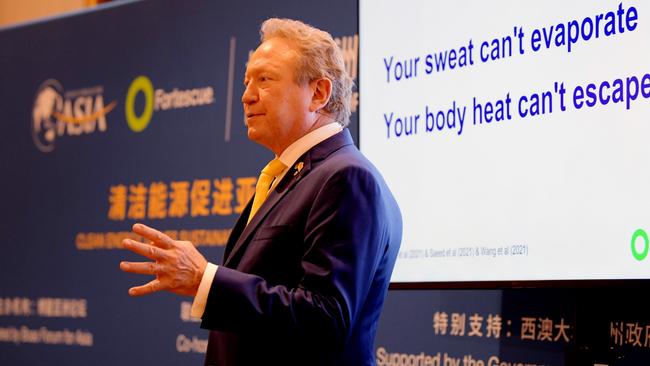
The mainstream media drew a discreet veil over the Fortescue Metals chairman’s wild speech to the Boao Forum in Perth last week. Yet if it is a glimpse of the conversation with staff behind closed doors, the only surprising thing about the departure of two senior executives and a board member last week was that it didn’t happen earlier. Forrest is sounding like the people who glue themselves to train tracks instead of the chair of Australia’s third-largest mining corporation.
“Business is causing global warming,” he told the forum. “Business will kill your children. Business is responsible for lethal humidity.” Fortescue exported a record 192 million tonnes of iron ore last year. Forrest told the forum his ambition was to lead the world in ensuring metals and energy are delivered “in a form that won’t kill your children”. It is an indication of how cosily woke the world of corporate investment has become that few have been prepared to call out the recklessness of betting the company’s future on green hydrogen, which has yet to be manufactured at scale anywhere in the world and for which there is not yet a genuine market.
Forrest described hydrogen as the “miracle molecule … the Swiss Army knife of energy and green products” in a speech to the National Press Club two years ago. “To make green hydrogen, you simply split water. Any old water. It can be wastewater, desalinated water, seawater.” Yet hydrogen is not an energy source, it is an energy carrier. It requires a grid-shattering amount of power to produce, roughly 50 TWh (terawatt-hours) per megatonne at an efficiency rate of 67pc.
The heavy consumption of power alone condemns Fortescue’s goal of manufacturing 15Mt by 2030 to the realm of fantasy. It is so far off the dial it makes the government’s target of 82 per cent green electricity by 2030 look puny. In the highly unlikely event Australia is producing 180 TWh of electricity from renewables by 2030, Forrest could gobble the lot and still fall 570 TWh short of what he needs. Fortescue Future Industries NSW manager Joshua Moran set out the scale of the challenge at a conference in May last year. Fortescue will need to deliver 20GW of electrolysers a year by 2029, almost 20 times more than the current global output. It must install 20 wind turbine blades daily, each 80m long, and install 31 million solar modules a year.
It is a measure of the strength of the prevailing vision among the corporate elite and journalists that so few have criticised Forrest’s monomaniacal obsession with green hydrogen. The uncritical woke press has succumbed to groupthink, hailing as a good thing the $2bn government subsidy of the research and development of green hydrogen announced in this year’s budget. Forrest, whose company stands to pocket a substantial chunk of that subsidy, somewhat ungratefully described it as “kicking the can down the road”, suggesting he’d be putting his hand out for more.
He can expect a sympathetic reception since Chris Bowen’s ambition of turning Australia into a green energy export hub rests on the delusion that Australia’s supply of renewables is inexhaustible.
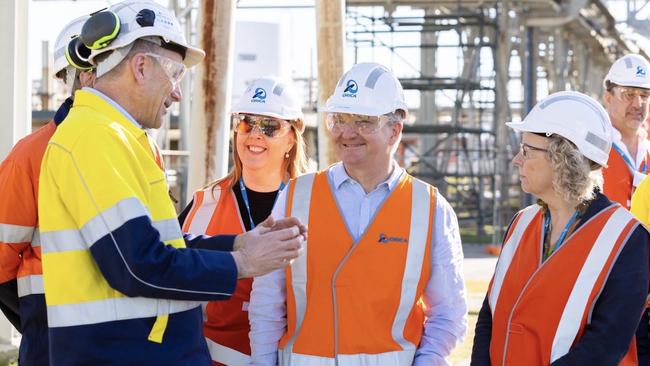
It is not. The supply of wind, solar and hydro power is constrained by the scarcity of land, as Forrest’s Squadron Energy is finding. Squadron is a company in the Tattarang portfolio, which is privately owned by Andrew and Nicola Forrest.
Squadron claims it will build 14GW of renewable energy by 2030 – a large chunk of the renewable energy required to meet Bowen’s 2030 target. It has just 2.1GW in operation. The 5.5GW proposed or under construction is hitting roadblocks that put the timetable in doubt.
The most serious setback was in the Upper Burdekin, a project run by Wind Lab, a global renewable energy development company owned by Squadron Energy and Federation Asset Management. It was to be financed through a Power Purchase Agreement with Apple.
After adverse publicity about the destruction of 749ha of koala habitat and threats to other vulnerable species, the tech giant decided to pull out.
The construction of Squadron’s Clarke Creek wind farm came to an abrupt halt in May for reasons that still need to be fully explained. The lead times for construction mean the company’s renewables target is as fanciful as its plans for green hydrogen. Yet this is Forrest’s vision, which senior executives are required not to question.
Irving L Janis, in his classic 1975 study of groupthink, identifies a lack of vigilance and excessive risk-taking as forms of temporary group derangement to which responsible executives are not immune. The chief executive manipulates his advisers to rubberstamp his own ill-conceived proposals and places subtle constraints to prevent a member from fully exercising his critical powers.
Good businesses do not rely on the vision of one person but use the combined resources of a team each operating within their field of professional competence. A chairman’s role is to temper the excessive zeal of executives. At Fortescue, it’s the other way around.
Nick Cater is executive director of the Menzies Research Centre.
More Coverage
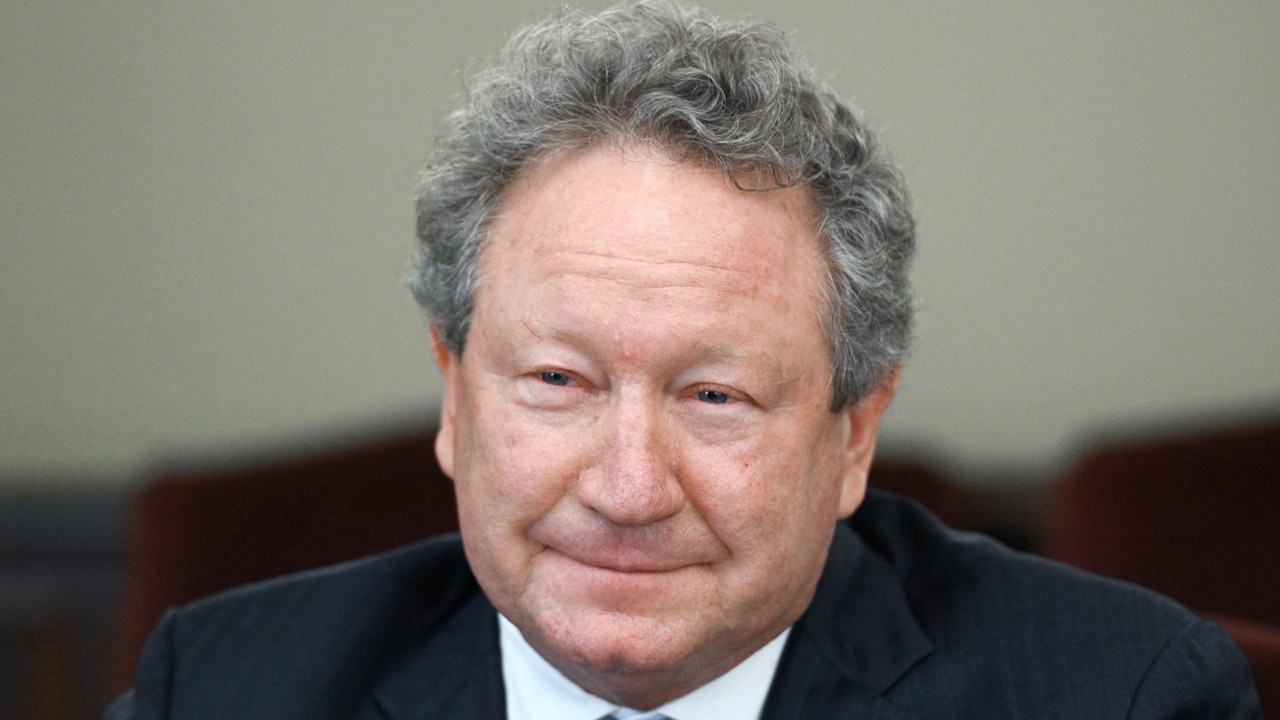


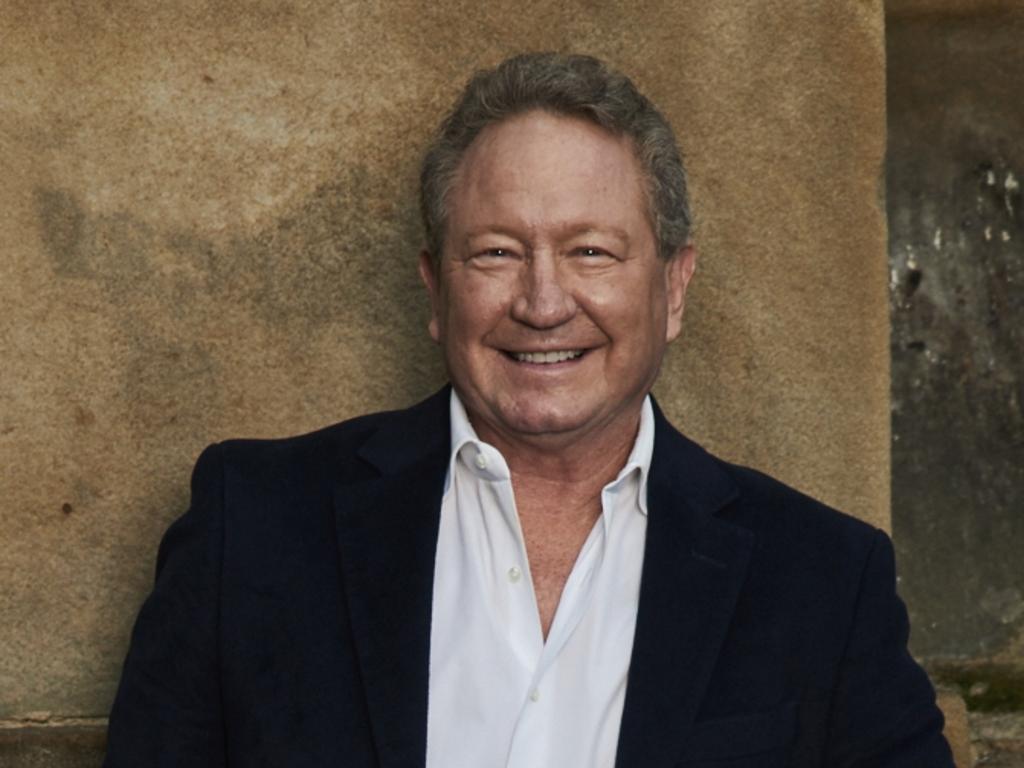
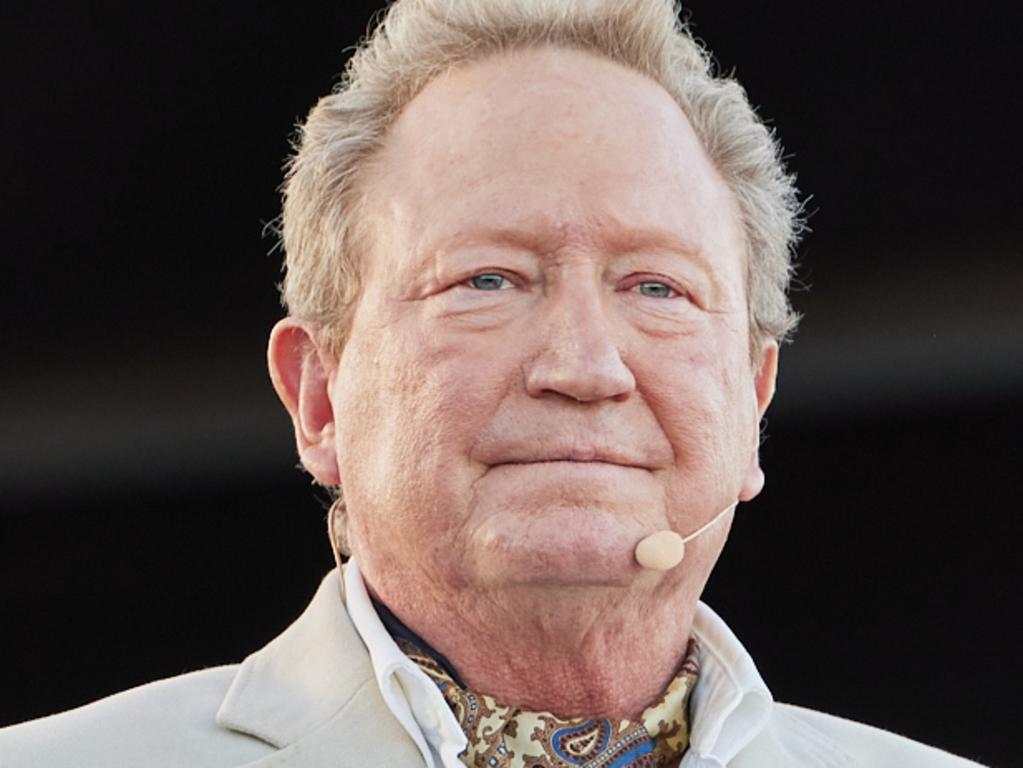




The oceans are warming, Antarctica is collapsing and if the airconditioning fails, you’re toast. “Lethal humidity is already here,” Andrew Forrest said in a speech last week. “Millions of people will die. If you can’t get rid of that heat because of humidity, you cook yourself.”